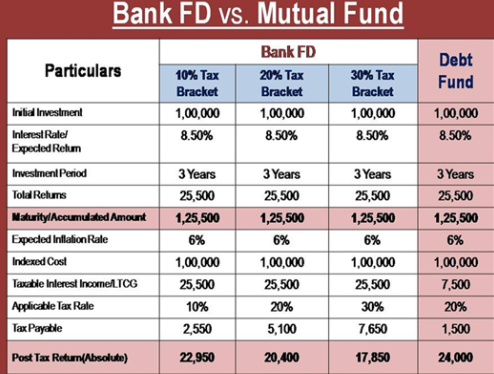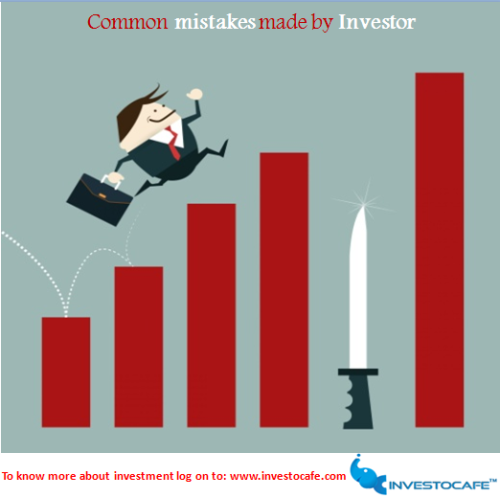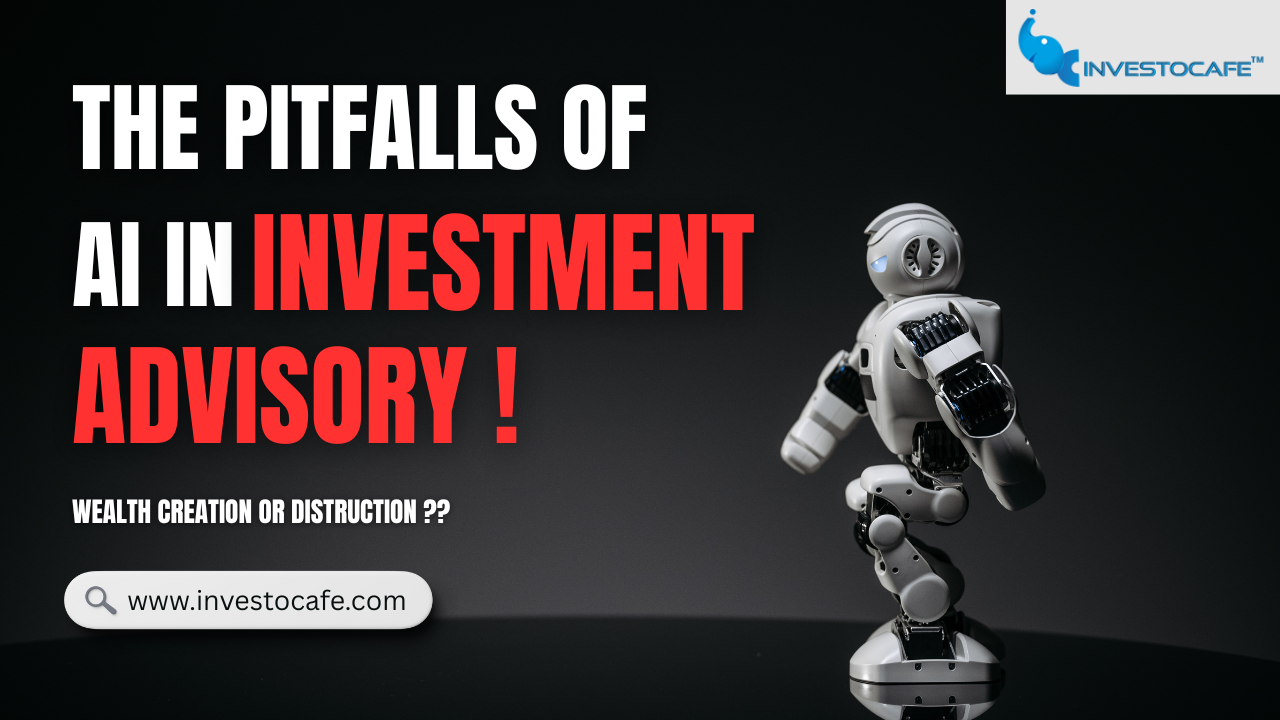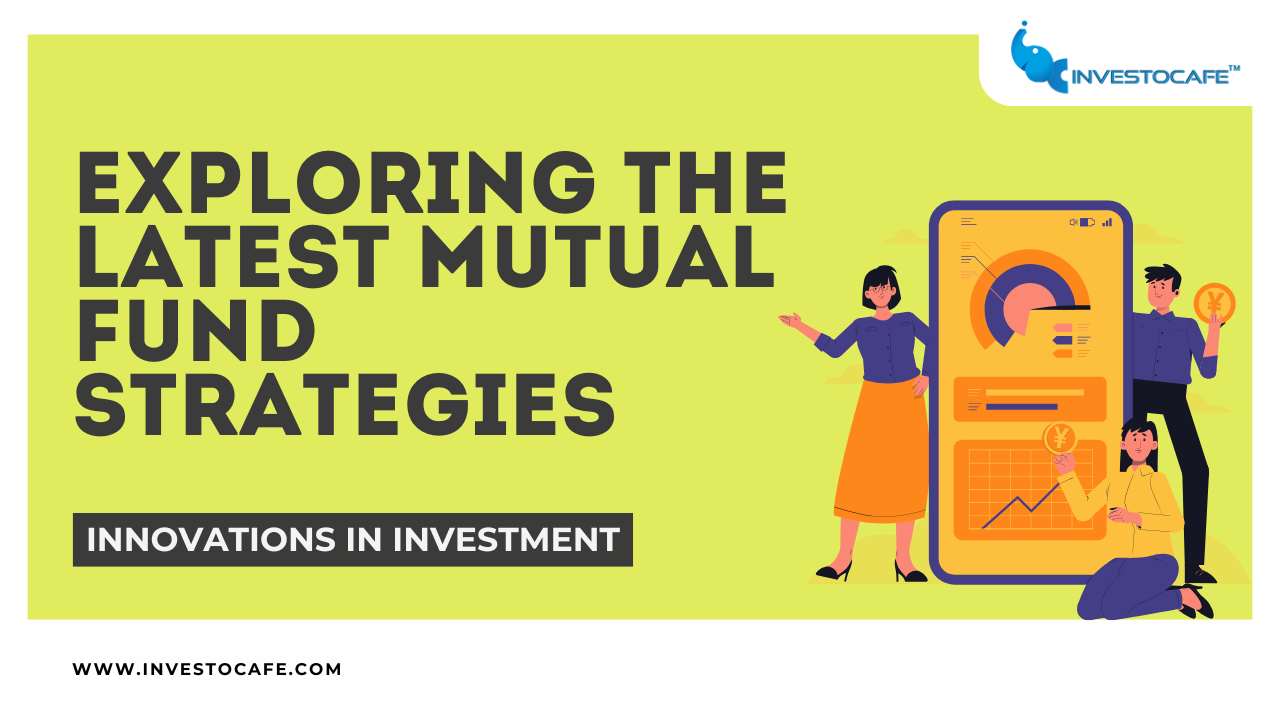
Should You Stress Over US Fed Rate Hikes?
 Shruti Sharma -
Aug 29, 2022
Shruti Sharma -
Aug 29, 2022
Indian stocks have followed other major equity markets with generally downward track this year. In the first half of 2022, the Sensex fell about 7%. Investors are now focusing on inflationary pressure and interest rate increases by central banks around the world to slow down escalating prices.
Interest Rate Scenario in India
Inflation has accelerated as a result of supply chain interruptions and rising crude oil prices and any central bank's monetary policy is its sole weapon against inflation. To put it another way, interest rates are increased by policymakers to limit the money supply and reduce inflationary pressure. This is so that individuals will save more and spend less, which is encouraged by rising interest rates & the RBI has followed the lead of other significant central banks & has taken a hawkish attitude and demonstrated its readiness to raise interest rates.
Impact on Indian Stock Market
Interest rate increases have an impact on liquidity, which impacts corporate expansion. Consequently, investors are concerned with rising rates. There are, however, a number of factors to take into account.
Firstly, not all industries are affected equally by increased interest rates. For instance, sectors like IT and services are projected to be less affected than capital-intensive industries like capital goods and infrastructure. The banking industry may gain from the increase in interest rates.
Here's another thing to think about. The effects of the central bank's monetary policy on the economy typically take two to three quarters to materialise. On the other hand, demand is immediately impacted by increased costs for basics.
Let's flashback to 2019. In that year, the repo rate was 6%, which is far higher than current 5.40%, and investors were still upbeat about the prospects of Indian shares. The RBI increased the repo rate by 25 basis points to 6.25% in June 2018 in an effort to lower retail inflation, which had surged to nearly two-year highs due to soaring food and oil costs.
Still, investors continued to be optimistic about the economy, which led to the Sensex reaching a new high by mid-July. Nifty also crossed the 11,000 threshold, driven by increases in the banking and energy sectors.
Future Outlook for Indian Stock Market
Following the recent drop, markets already appear to be factoring in supply constraints, skyrocketing crude oil prices, inflation, and worries about a potential US and EU recession.
The obstacles have already been factored in. The stock market might stay erratic in the near future. Equities are projected to stabilise and start an uptrend during the next six to twelve months. India's big economy is already expanding at the quickest rate.
According to the preliminary forecast 2021, the GDP will increase by 19.5% in nominal terms and 8.7% in real ones (including inflation). In addition, the real economy has grown by 1.5% since the beginning of the pandemic. By 2040, the nation's GDP is still on course to reach $20 trillion. The Sensex may also surpass 56,000. With the economy growing and corporate earnings anticipated to increase significantly, the Nifty might conclude the year above 18,200.
Watch Hindi Video and Subscribe our channel !! "Why Bear Markets are Welcome?"
In summary;
1. Capital flow issues could persist -Foreign capital flows into India may be further impacted once the Fed rate is raised, which may further pressure the rupee, which is already under pressure.
2. A Growing Deficiency - High fiscal and current account deficits in India are a direct result of the rupee imbalance. Since India is a significant importer of various commodities including crude oil, palm oil, etc., high commodity prices in the first half of 2022 have further damaged the country's foreign currency situation. More money will be transferred from investments held in rupees to dollars as a result of the most recent increase in the Fed rate.
3. Consumers and businesses are having problems - Indians are currently suffering from high inflation rates that are still beyond the 4-6% comfort zone set by the RBI. Due to the high prices of commodities, which are the main sources of raw materials, corporations have also reported a decline in margins in the first quarter of FY23. Any decline in the value of the rupee from its current level could have a greater impact on inflation rates since the price of imports of basic commodities like crude oil could increase.
How ought an investor to proceed?
It can be quite difficult to predict global uncertainties. Long-term investors would do well to pay less attention to the global markets and more attention to the changes around the companies in which they are invested.
The majority of economists throughout the world are aware that growth is currently less of a threat than inflation. To lower inflation to more manageable levels, India itself is anticipated to announce rate increases at the beginning of the next month. According to several experts, the majority of countries' inflation has peaked and will begin to decline in the second half of this year. Despite this, it might be challenging for regular investors to forecast the precise course of these worldwide trends.
Investors are typically flooded with thousands of suggestions on how to adjust their investment approach and which stocks and other financial instruments they should use their hard-earned money on. To deal with these or any other domestic or international uncertainties, we just have a handful of SIMPLE and TIME-TESTED ideas.
1. Keep up your mutual fund SIPs; avoid needlessly timing the market. People have been seen to stop their SIPs in recent months as a result of market volatility and uncertainty. Instead, now is a fantastic moment to keep up the SIPs, profit from buying at a discount, and adhere to rupee cost averaging.
2. Keep in mind the fundamental principles when making stock investments. Make certain that you only invest in high-quality stocks with sound cash flows, robust ROE (Return on equity) and ROCE (Return on capital employed), long-term sustainability, and competent management.
3. During lengthy drawdowns, in addition to SIPs, one might choose to invest a lump sum in high-quality stocks and mutual funds.
4. Before making an investment, always speak with a Registered Investment Adviser like Investocafe and avoid acting on uninvited advice from tips and social media.
5. Unless trading is your primary career, avoid F&O (Future and Options) and leverage during very volatile markets.
Calculate Investment Returns here!
Book one free wealth management consultation with Investocafe’s certified advisor.
Contact Us @ 7224051610 or write at info@investocafe.com
Watch Hindi Video and Subscribe our channel !! "Why Bear Markets are Welcome?"
Read “How Inflation Eats into Your Returns?”
Read “Did War Make Your Portfolio Sad??”
To get in touch please visit us at investocafe.com













